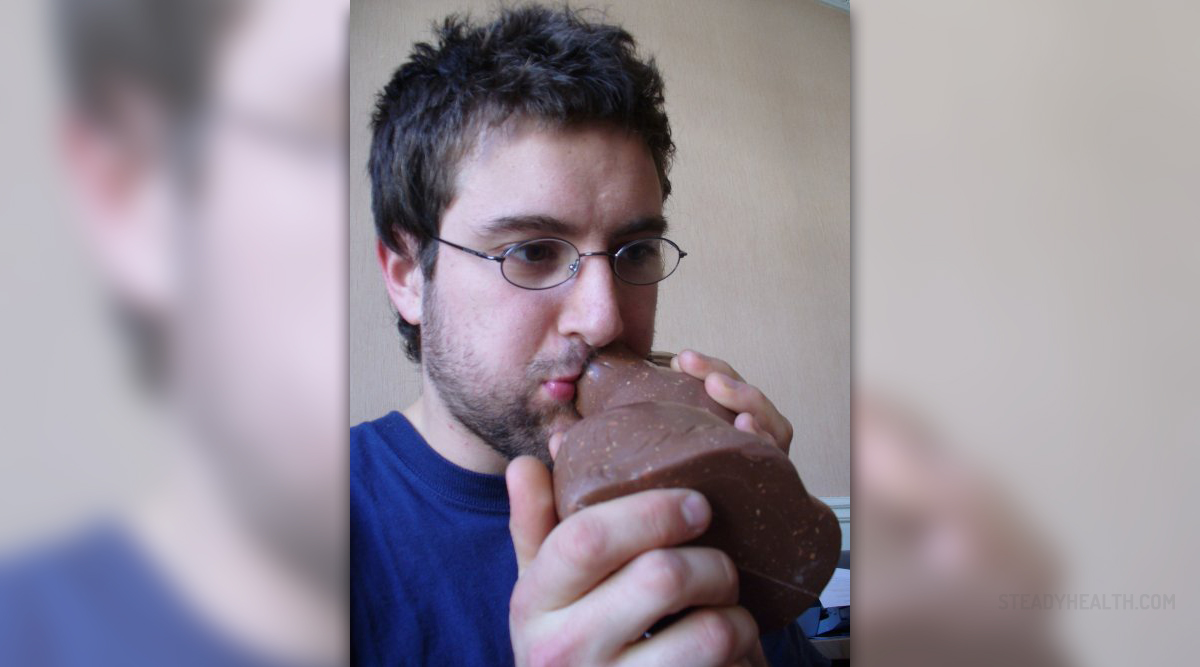
Information on Circular Breathing
Circular breathing is a rather interesting breathing technique and it requires learning the four different steps in order to master it in a proper manner. This breathing technique is a must for all those who want to learn to play any wind instrument. Circular breathing allows the person to maintain a sound for extended portions of time. When the air located in the lungs becomes too low, the air which fills the cheeks steps right in so that it can help the maintenance of a longer note.
Circular Breathing Techniques
Circular breathing is a technique which is centuries old. It has been used since the ancient times and it was first utilized by glassblowers. They needed a technique which could allow holding a glass bubble at an even pressure at all times. The ancient glassblowers needed to inhale the air through the nose in a simultaneous manner.
Circular breathing technique utilizes the air which fills the cheeks so that it can power the wind instrument. While this occurs, the person needs to inhale the air through the nose so that the lungs can get refilled with new air. When a person masters this technique it is possible to maintain a much more constant sound. One can easily learn the process of circular breathing by following four simple steps. The first step involves partially filling the lungs with air and slowly filling the cheeks with the air from the lungs.
When the cheeks widen enough and get filled with air, a person is still able to breathe normally. Sometimes this step requires some practice because there are people who are not able to breathe normally while their cheeks are filled up with air. The second step involves squeezing the air from the cheeks by using the cheek muscles. It is very important to note that the lungs need to rest during the entire second step of the circular breathing technique.
The second step may also require some practice in order to master in a proper manner. The third step is the most important and it teaches the person to squeeze the air in the cheeks and sniff small amounts of air through the nose simultaneously by deflating through the cheeks and inflating through the lungs. The final step involves empty cheeks and lungs full of air. The fourth step actually teaches the person how to return to the starting position from the first step. One must exhale some air from the lungs and puff the cheeks with air.




-And-Breathing-Problems_f_280x120.jpg)
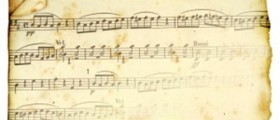
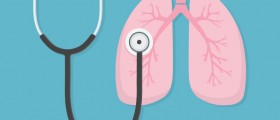


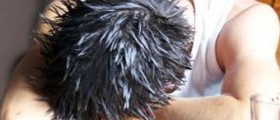
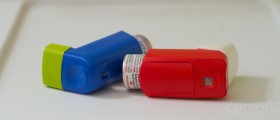




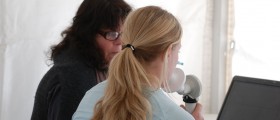

Your thoughts on this
Loading...